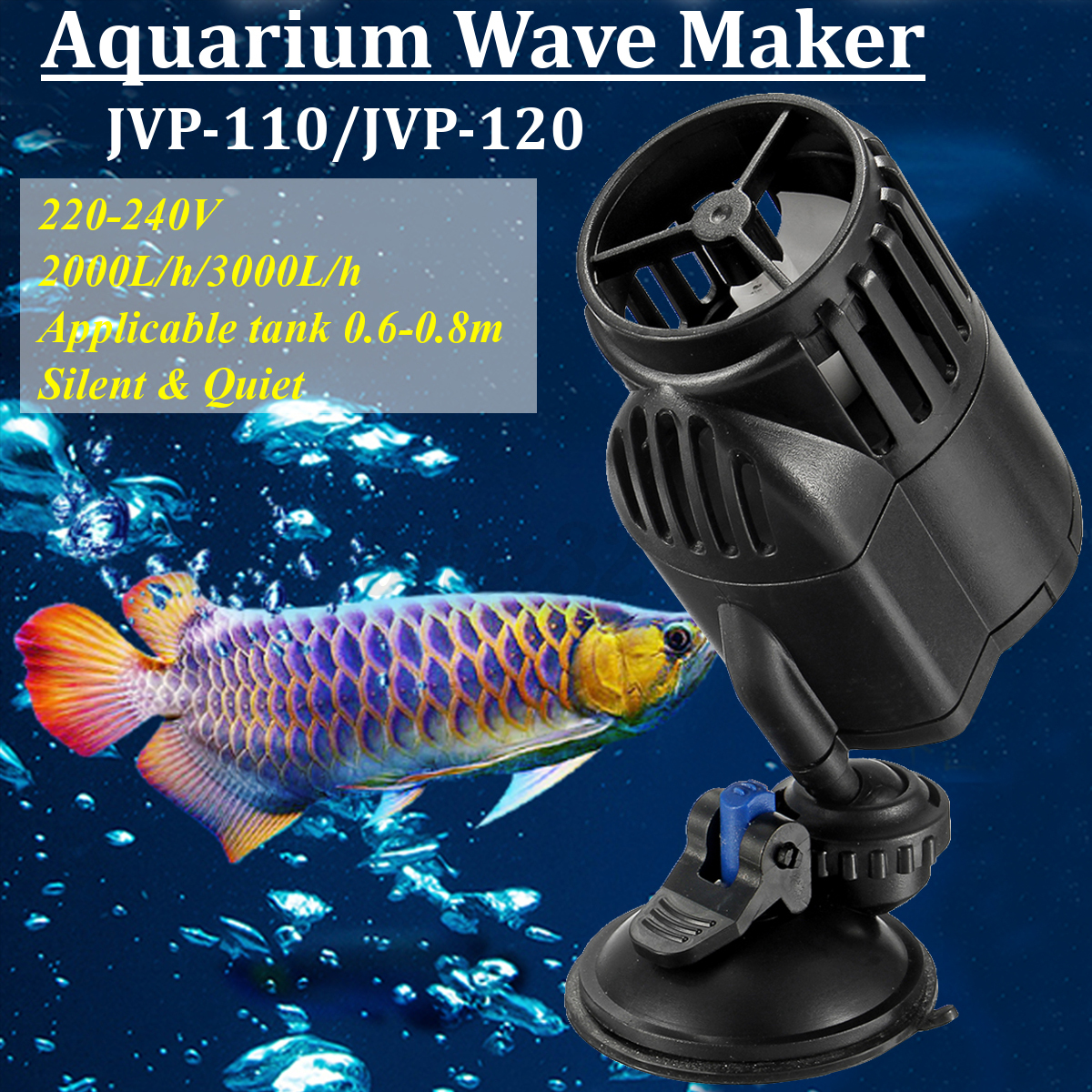

If you notice you are having detritus settle in one spot or you get algae growing in a certain area, you can be sure the coral’s growth has impeded flow. One thing to be aware of as your tank matures and your corals grow is that they can prevent flow and cause dead spots. Increasing flow around your sandbed can take some playing with as using smaller grain sand can cause it to blow around like a sandstorm, but with patience, you can find the right positions and settings. Keeping the waste in suspension will allow it to be passed to your mechanical filtration for removal. If it settles on the sand it can be left to break down and raise your Ammonia, Nitrate, and Phosphate levels. This will help to keep detritus, uneaten food, and fish excrement from settling on the sand. The trick is to keep the water moving over the sandbed and not allowing any dead spots. You can either adjust the powerheads and wavemakers you currently own or add another. Increasing the flow in your aquarium is usually one of the simplest things to do. Here are some of the best ways to keep your sandbed clean: Flow Like most aspects of this hobby, a multi-angled approach will work far better than relying just on one animal or maintenance task. What Are Ways to Keep Aquarium Sand Clean? The regular stirring up and vacuuming of today’s sandbeds can be done without risk. A shallow sandbed of 1″-3″ of sand depth is now the norm and this is not deep enough to provide areas for anaerobic bacteria to colonize and produce Hydrogen Sulphide gas. Today, however, the evolution in technology has made the need for a Deep Sandbed not required. Disturbing the sand and releasing this gas almost always leads to the death of your inhabitants. Depth Of SandĪlthough not as popular nowadays, but Deep Sandbeds was the norm 20 years ago as this was the main area to colonize aerobic and anaerobic nitrifying bacteria.ĭeep Sandbeds were never to be touched as Hydrogen Sulphide gas could be present in the very lower parts of the sandbed.

The smaller grain sizes also allow critters to clean it easier.ĬaribSea’s Fiji Pink is one of the most popular sands in the hobby and it is the sand I select for many clients aquariums and my own – It’s very easy to keep clean. Smaller particulate sands like CaribSea’s Fiji Pink and Special Grade Reef sand have grains 0.5-2.0mm in diameter which tends to allow junk to settle on the top rather than get trapped. Larger particle sands can also be too large for some of the livestock we are going to talk about to effectively move through and clean. Larger particulate substrate like CaribSea’s Crushed Coral has grains 2.0-5.0mm in diameter which can leave larger pockets for uneaten food and detritus to settle in. The type of sand or substrate you have in your aquarium can also play a role in how clean it looks. What Type of Sand Can Be Used IN Aquariums? Slowly adding a CUC (Clean-Up-Crew) after your aquarium has cycled will help to keep your tank clean – Be sure not to add a huge amount of critters to clean up your algae blooms as once the algae has gone, they will starve!įor more information on Algae please see the ‘Further Reading’ section at the end. these will pass with time but during their presence, they can make your tank look really bad! Phosphates and Silicates are two of the major foods for Diatom Algae, CyanoBacteria, and Dinoflagellates. If your aquarium is under 6 months old and you are having algae growing all over your sand then don’t worry, it is just part of the ecosystem trying to establish equilibrium.Īlgae blooms appear when there is an abundance of food FOR the algae to feed on. The methods mentioned soon will be able to take care of both these situations but it is important to know that both types of clean play a major role in the overall health of your aquarium and how much work it may create for you. Biologically clean to ensure you do not have problems with high Ammonia, Nitrate, and Phosphate.A grotty looking sandbed can really make a dent on the impressiveness of your aquarium Visually clean to enhance the beauty of your aquarium.Suggested Ways To Keep a Reef Tank Sandbed Clean:Įach one of these has its caveats so let’s look into each one and also a few other things to consider. You look over at your aquarium and its a dull, algae-covered mess! You want that pristine sandbed! I know I did when I first started! You have been to the fish store or have been perusing the online photos and drolling at some of those incredible aquariums and there is one thing they all have in common, a pristine sandbed.


 0 kommentar(er)
0 kommentar(er)
